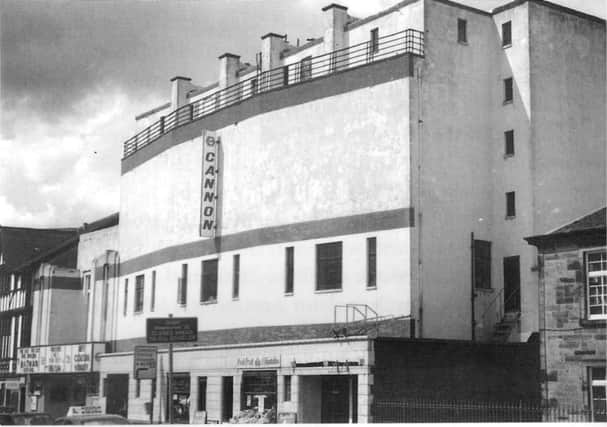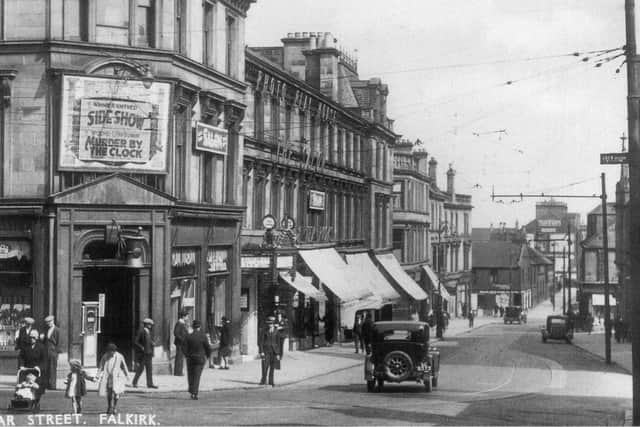Recalling the heady days of the 'pictures' in Falkirk


In those drab post war years nothing brightened up the week as much as an escape to the wild west or the jungle in one of the picture palaces which had appeared in the early years of the century.
Queen Victoria was still on the throne when Falkirk bairns had their first taste of moving pictures in the old Town Hall in Newmarket Street.
Advertisement
Hide AdAdvertisement
Hide AdThese ‘film demonstrations’ were soon followed by a number of ventures including the short lived Hippodrome in Hope Street in 1909.


This seems to have been a transportable structure because it was moved after a few years to Camelon.
Many of the more permanent places used redundant churches.
In early 1910 for example the old Erskine Church in Silver Row opened as the Electric Theatre showing films as well as offering live music hall.
A year later the Picturedrome in Melville Street opened its doors and by the 1920s had adopted its more familiar name, the Cinema.
Advertisement
Hide AdAdvertisement
Hide AdThis building was the old Baptist Church known as the ‘Tin Kirk’ because it was made of galvanized iron with a corrugated iron roof which made it impossible to hear the soundtrack when it rained!
It survived until September 1960 when the whole structure was shipped down to the Borders where it is still in use as a farmer’s barn.
The space eventually became the beer garden of Behind the Wall.
In 1914 the town’s first purpose built cinema opened in Newmarket Street opposite Aitken’s Brewery, now Asda.
Advertisement
Hide AdAdvertisement
Hide AdThis was the Pavilion, called the ‘Pivvie’ for short, which changed its name to the Gaumont in the 50s and the Odeon in the 60s.
The Saturday morning children’s shows were our highlight with games and prizes as well as cliff-hanger shorts which left us in suspense for a week.
Yet another church to be pressed into use was the former St Modan’s Church in Bank Street which became The Picture House in 1920.
Its main claim to fame was that it showed Falkirk’s first ‘talkie’, the Jazz Singer with Al Jolson.
Advertisement
Hide AdAdvertisement
Hide AdKnown to everyone as simply ‘The Bank Street’ it seemed a bit more down-market, showing films that were on their second or third appearance in the town.
It was certainly much inferior to the Salon Photo Playhouse and Restaurant which opened on the corner of Vicar Street and Newmarket Street in 1921.
This ‘palace’ had rich gold, black and white decor and blue upholstered seating including the famous double seats in the back row for courting couples!
By the 1950s we had the Pavilion, the Salon, the Cinema, the Bank Street and the last and probably the finest of them all, the Regal, which opened in 1934 when the Grand Theatre was converted into a ‘super cinema’ in the new Princes Street.
Advertisement
Hide AdAdvertisement
Hide AdIt was later renamed the ABC and finally in the 1980s, the Cannon.
By then of course it was the last one standing.
TV had killed the ‘flicks’, ending the days of usherettes with torches, loud boos when the film jammed or the projectionist took too long to change the reel and choc ices sold by girls with lighted trays.
Those were the days!
Comment Guidelines
National World encourages reader discussion on our stories. User feedback, insights and back-and-forth exchanges add a rich layer of context to reporting. Please review our Community Guidelines before commenting.